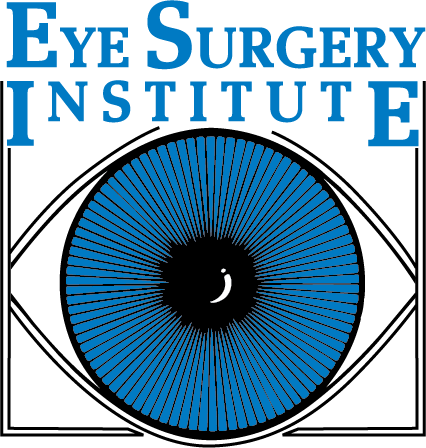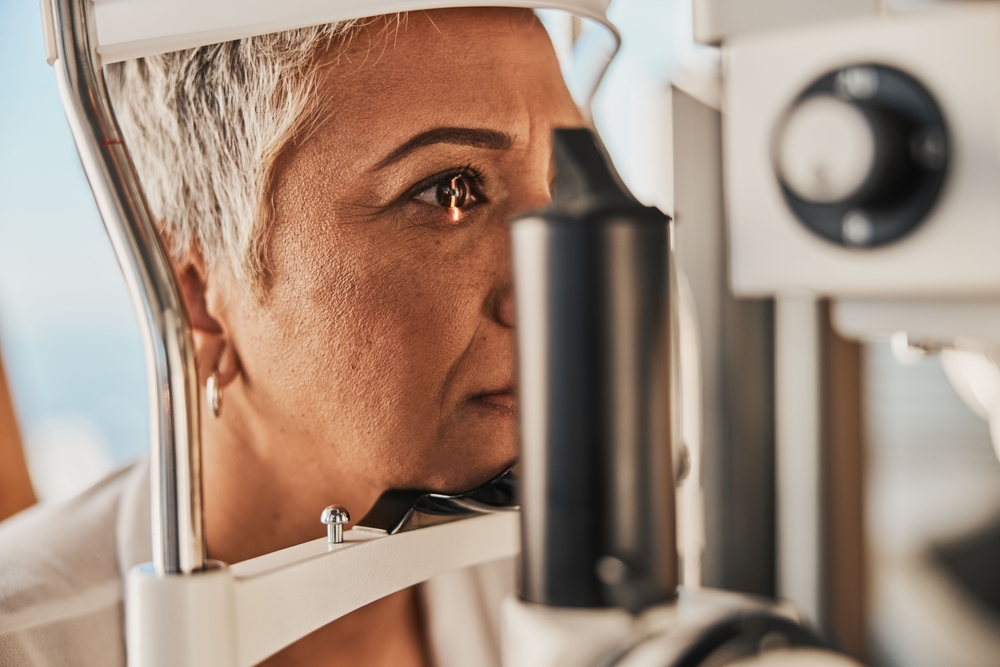Epi-lasik (LASEK) is a safer procedure than traditional LASIK. It gives similar vision results but has a better safety profile. Epilasik (LASEK) does not require the ophthalmologist to create a flap. If there is no corneal flap, possible complications from creating a flap are avoided. Epi-lasik (LASEK) has no vibrating blade, no deep corneal flap and no vacuum suction ring which differentiates it from LASIK.
Epi-LASEK (LASEK) is a form of surface ablation where approximately 30 microns (much less than in traditional LASIK) of corneal thickness (epithelium) are moved aside and the resulting bed of cornea is treated with laser. Afterwords, the corneal epithelium is replaced.


